Polymorphic uncertainty modeling for stability quantification of fluid saturated soil and earth structures
Abstract of the planned project content, taking into account the results from the first project phase
Based on the first project phase, the characterization and analysis of the influence of polymorphic uncertain data on the deterministic modeling of the multi-physical behavior of saturated soil will be investigated in the second project phase. As before, the physical behaviour will be modelled based on the theory of porous media (TPM). In the first phase of the project, it proved successful to use the information obtained from the variational sensitivity analysis (VSA) to increase the efficiency of probabilistic methods. For this purpose, the VSA was used on the one hand as a method to increase prior knowledge and to reduce the input parameter space of a subsequent Monte Carlo analysis, and on the other hand it served as additional tangential information to support Bayesian models and the Bayesian sensitivity analysis derived from them.
In addition, probabilistic analyses can ideally be supplemented by fuzzy arithmetic in order to also take into account expert knowledge of parameters in the form of fuzzy quantities.
Consequently, it is planned to combine the variational and Bayesian sensitivity approaches in the second funding phase. This is expected to lead to both more efficient and more precise uncertainty quantification. In the variational/analytical (variolytic) predefined probabilistic sensitivity analysis, the tangential information of the variational sensitivity analysis is incorporated into the Bayesian sensitivity approach to improve the model used to determine the global sensitivity indices.
In a second step, the fuzzy theory is integrated into the variolytic predefined probabilistic sensitivity analysis in order to capture the individual input variables more flexibly. For the next step towards real problems, the formulation of the TPM model will be extended. Motivated by problems such as hydraulic ground failure and tectonic disorders, erosion processes, plasticity and non-linear strains will be considered.
Due to the model extension, the computational effort increases, so that further steps towards model reduction have to be worked out and investigated. In order to reduce the number of TPM evaluations, the Kriging approach is used as a metamodel for the description of TPM field quantities depending on different initial value settings. This metamodel has the advantage of a much faster evaluation with acceptable accuracy. This allows the uncertainty quantification for unknown parameter ranges even for more complex and non-linear models. Furthermore, the POD-DEIM method will be applied and extended as a model reduction method to accelerate the calculations.
Finally, the calculation program should be able to generate DIN-compliant decision aids for the engineer. A suitable user interface, sufficient flexibility of the program, efficiency and decision-making as well as interpretable results are essential for this. To facilitate the decision-making process, we will provide probabilities of worst-case scenarios which can be derived from the a posteriori distribution of the target variable. In addition, we will use model-based optimization (MBO) to identify parameter combinations (scenarios) that lead to unfavorable target variables. The analysis of these parameter combinations can, for example, help to recommend positions for further on-site soil sampling. It should be possible for the user to transfer any problems to the program without much effort. Representative benchmark examples are used to evaluate the architecture of the program and, if necessary, to optimize the workflow and algorithms.
Essential project goals and objectives
- Variolytic (variational/analytical) preconfined probabilistic sensitivity analysis (Bayes)
- Extension by fuzzy arithmetic
- Extension of the physical model (erosion, plasticity and non-linear strains)
- Acceleration through the Kriging approach/the DEIM method
- Development of a user-friendly workflow as a feasibility study for decision support for practical tasks of earthwork structures
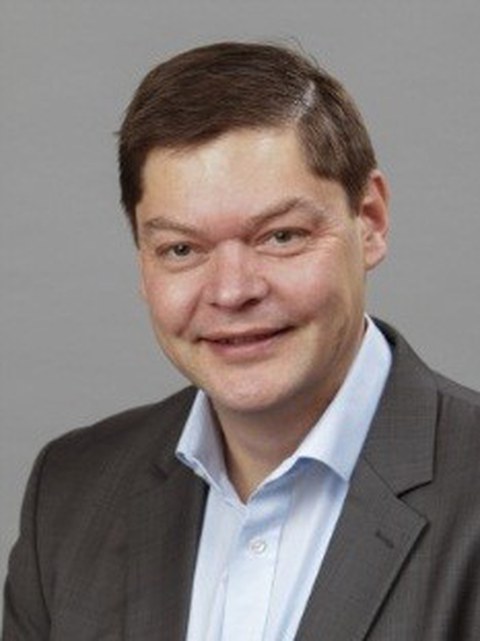
Prof. Ricken
Prof. Dr.-Ing. Tim Ricken
Universität Stuttgart
Institut für Statik und Dynamik der Luft- und Raumfahrtkonstruktionen
Fakultät für Luft- und Raumfahrttechnik und Geodäsie
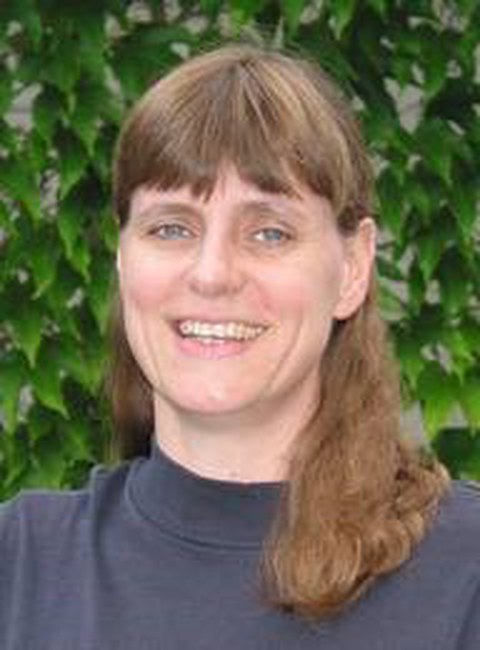
Prof. Ickstadt
Prof. Dr. Katja Ickstadt
Technische Universität Dortmund
Fakultät Statistik
Lehrstuhl für mathematische Statistik und biometrische Anwendungen
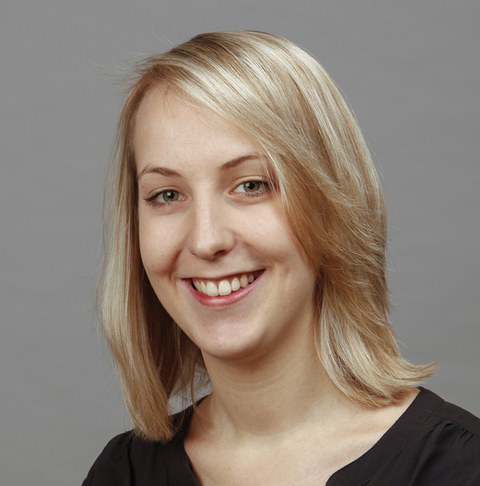
Fr. Waschinsky
Dr.-Ing. Navina Waschinsky
Universität Stuttgart
Institut für Statik und Dynamik der Luft- und Raumfahrtkonstruktionen
Fakultät für Luft- und Raumfahrttechnik und Geodäsie
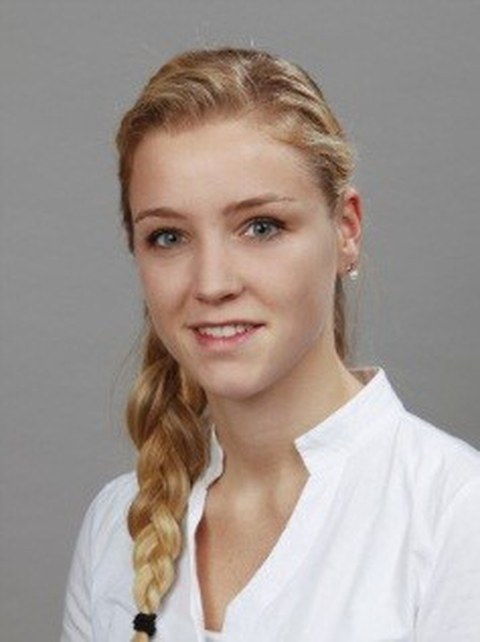
Fr. Henning
M.Sc. Carla Henning
Universität Stuttgart
Institut für Statik und Dynamik der Luft- und Raumfahrtkonstruktionen
Fakultät für Luft- und Raumfahrttechnik und Geodäsie
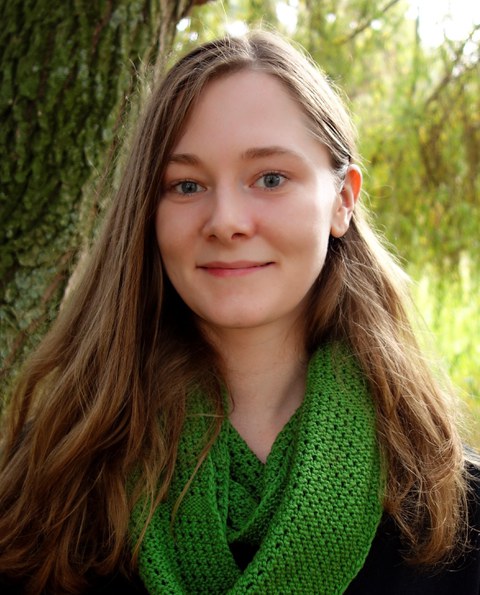
Fr. van Meegen
M. Sc. Carmen van Meegen
Technische Universität Dortmund
Fakultät Statistik
Lehrstuhl für mathematische Statistik und biometrische Anwendungen
